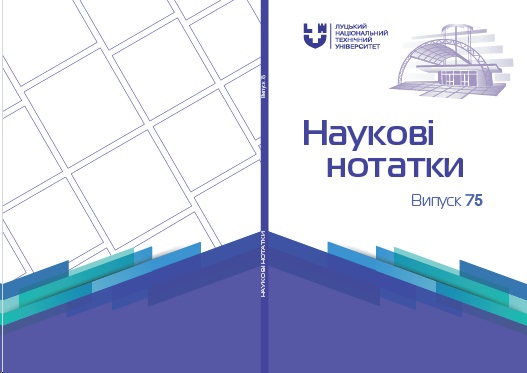MICROMECHANICS BASED DILATANCY-SENSITIVE PLASTICITY MODEL OF POROUS MATERIALS IN CLOSED-FORM ANALYTICAL SOLUTIONS
Abstract
By means of micromechanical averaging on a cylindrical unit cell, it was possible to construct a yield curve for an isotropic porous material using consistent analytical methods. At the same time, the velocity field at the meso-level, i.e., in the volume of the cell, in addition to satisfying the corresponding boundary conditions, is also stress-balanced. That is, the stress field generated by this velocity field satisfies the stress equilibrium equation. Expressions for the specific dissipation (which in the case of plasticity is the same as the dissipative potential) and for the yield curve of the porous material were found in an analytical form. The resulting rheological model of the plasticity of the porous material describes the phenomena of tension-compression asymmetry and dilatancy, i.e., an increase in the von Mises ultimate stress with the growth of the hydrostatic stress component during plastic flow. The above-mentioned effects are particularly characteristic of damaged or powdered materials. Also, this flow curve describes some other, experimentally confirmed, specific features of the plastic reaction of powders and powder billets made of metals and ceramics. In particular, such features of plastic response, which in some sections of the yield curve are incompatible with the associative flow rule.





